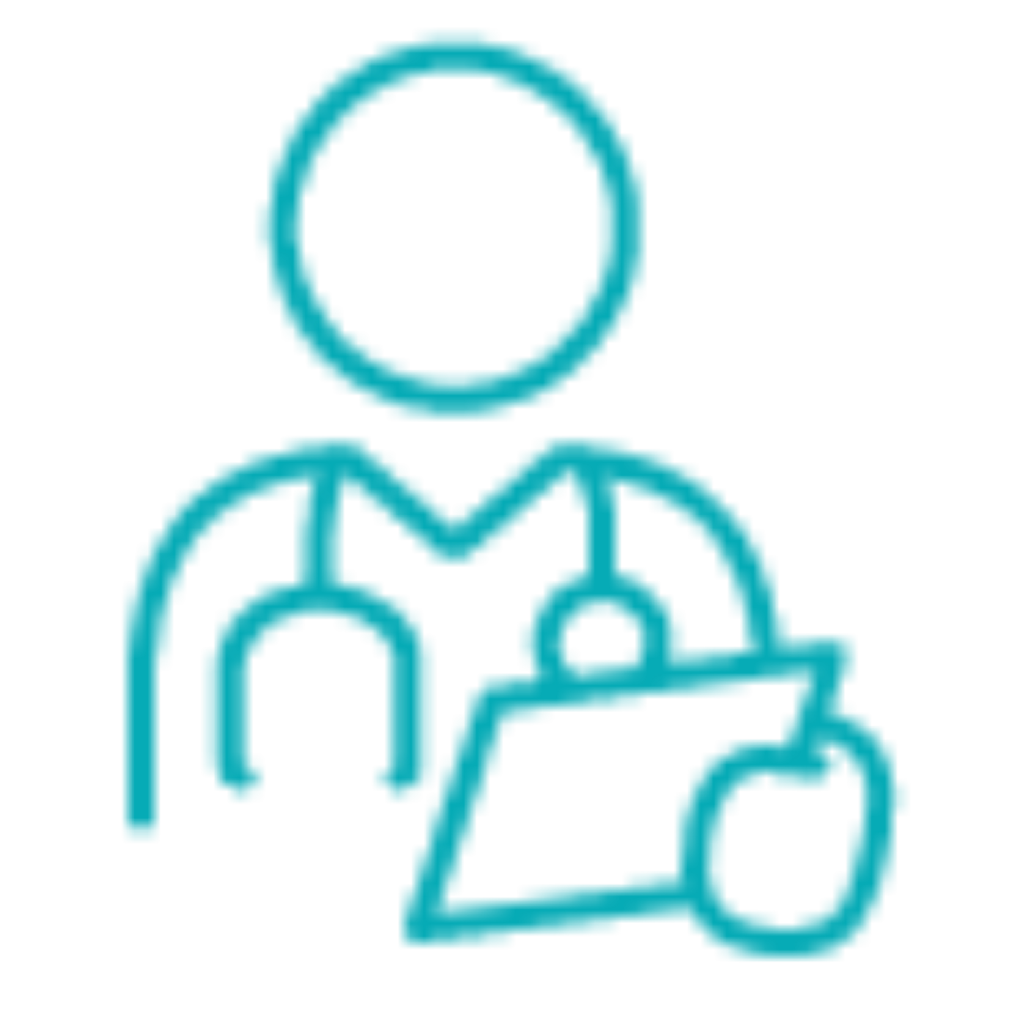From Awareness to Action:
Making a Difference,
One Heart at a Time
From Awareness to Action: Making a Difference, One Heart at a Time
What are Autism Spectrum Disorders ?
Autism Spectrum Disorders (ASD) encompass a range of
complex neurodevelopmental conditions typically emerging within the initial three to four years of a child’s life. Those exhibiting symptoms of autism may encounter challenges in grasping basic concepts, understanding common instructions, or interpreting social cues. Their struggles may extend to difficulties in discerning emotions, navigating social interactions, and adapting behaviorally. These manifestations often manifest as obstacles in comprehension, problem-solving, speech, and social engagement.


WHAT ARE THE TYPES OF AUTISM SPECTRUM DISORDERS?
Autism Spectrum Disorders (ASD) encompass a diverse range of conditions characterized by persistent challenges in social communication and interaction, often accompanied by a strong adherence to routines or sameness, which can elicit exaggerated responses when disrupted.
The following conditions fall within the spectrum of ASD:
1. Asperger’s Syndrome
2. Pervasive Developmental Disorder – Not Otherwise Specified (PDD-NOS)
3. Autistic Disorder
4. Childhood Disintegrative Disorder
5. Rett Syndrome

WHAT ARE THE SYMPTOMS OF AUTISM?
The causation of autism remains a topic of ongoing debate and lacks a singular known origin. Insights from medical professionals, researchers, and scientists suggest that both structural and functional abnormalities in the brain may contribute to its development. Genetic factors, such as mutations altering gene structure, are often implicated in abnormal brain development leading to autistic traits. Additionally, non-genetic elements, including certain perinatal complications like maternal bleeding during the early stages of pregnancy, presence of meconium in the amniotic fluid, or inadequate nutrient intake, may play a role. Environmental influences, such as mercury exposure, maternal stress.

SYMPTOMS

Lack of response when called by name.

Difficulty in maintaining eye contact.

Challenges in communication, either verbally or non verbally.

Lack of response when called by name.

Difficulty in engaging socially.

Excessive restlessness and difficulty maintaining attention.

Engaging in repetitive gestures or movements, such as hand flapping or rocking.

Excessive attachment to objects and reduced connection with humans.

Sudden expression of loud, nonsensical vocalizations.

Sensitivity to loud noises, leading to sensory discomfort.

Engaging in self-inflicted harm.

Displays of aggression such as biting, scratching, or throwing objects.
Nurturing Child Development
Through Therapy

Occupational Therapy
A facet of healthcare, aids individuals across all age groups facing challenges related to physical, sensory, or cognitive functions.

Speech Therapy
Specialized intervention aimed at enhancing language and speech abilities, assisting individuals with communication challenges and voice irregularities.

Physiotherapy
Physiotherapists specialize in addressing gross motor function, postural control, and addressing contractures and deformities in children with special needs.

Special Education
Educational achievement plays a pivotal role in childhood development, with special educators assuming crucial responsibilities in facilitating academic progress.

Child Psychologist
Child psychologists are involved not just in physical growth, but also in nurturing mental, emotional, and social development in children.

Sensory Integration Therapy
Sensory Integration Therapy (SIT) is a therapeutic method focused on stimulating the tactile, proprioceptive, vestibular, visual, and auditory systems through purposeful activities.

Neuro developmental Therapy
NDT is a fundamental therapy for neurodevelopmental disabilities, frequently employed for children with conditions like cerebral palsy and other neurological impairments.

Applied Behavioural Analysis
ABA therapy, a form of intervention, concentrates on enhancing targeted behaviors, including social aptitude, communication proficiency, and academic competencies.